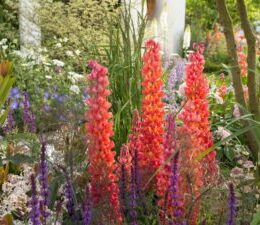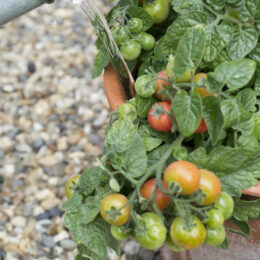For many years, hydrangeas have been a firm favourite amongst gardeners. With their long lasting, beautiful and blowsy flowers it is easy to see why. They are hardy, reliable and make an outstanding addition to any garden.
In order for hydrangeas to thrive they need to be planted in moist, well-drained soil, in a cool, semi-shaded part of the garden. Try to avoid an exposed east-facing site, where cold winds and early morning frosts may damage young spring growth. Dry, sunny spots should also be avoided as hydrangeas must be shaded during part of the day, particularly at their roots.
When we think of hydrangeas, the popular mop heads (Hydrangea macrophylla) will automatically come to mind. Their big pom-pom like flowers remain attractive even after blooming and are often dried and used for floristry or left on the plant well into winter for added interest.
Flower colour of this group of hydrangeas can often lead to confusion as it is affected by the acidity of alkalinity of your gardens soil. Hydrangea flowers are blue on acid soils and pink on alkaline (soils). On a soil with a neutral pH the flower colour can be mixed, often resulting in a mixture of bluish-pink. This only affects blue or pinks specimens, white hydrangeas won’t be affected.
As beautiful as hydrangea macrophylla is there is a group of hydrangea known as paniculata that warrants special interest. Hydrangea paniculata is a large or medium sized shrub that like Hydrangea macrophylla is native to China and Japan. It is characterised by the large cone-shaped flower heads it bears on arching stems in late summer and autumn. Each flower head comprises a mixture of tiny fertile flowers and the large conspicuous sterile florets, which in botany is referred to as a panicle.
Hydrangea paniculata is particularly beautiful for late summer interest due to its colour. During August gardens are dominated by yellows, oranges and purples. Paniculata Hydrangeas break this trend and are a stunning creamy white that adds fresh appeal to the garden when other plants are starting to fade. As their flowers begin to age many paniculata cultivars such as ‘Pinky Winky’ and ‘Early Sensation’ will change colour to pinks and dusky reds, maintaining their interest well into autumn. Unlike Hydrangea macrophylla the flower colour of Hydrangea paniculata is unaffected by soil pH.










